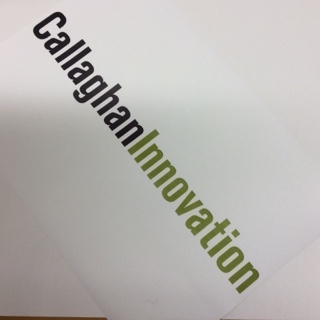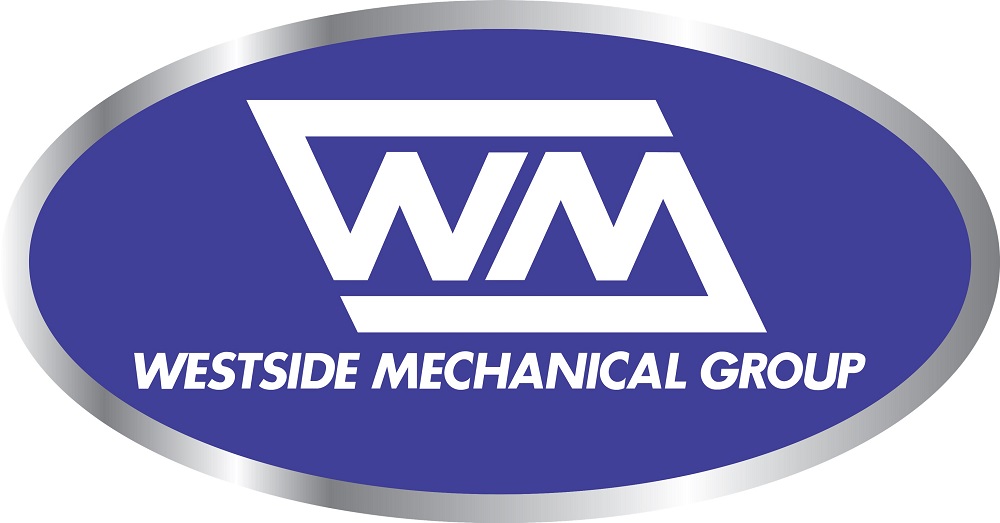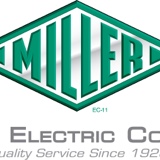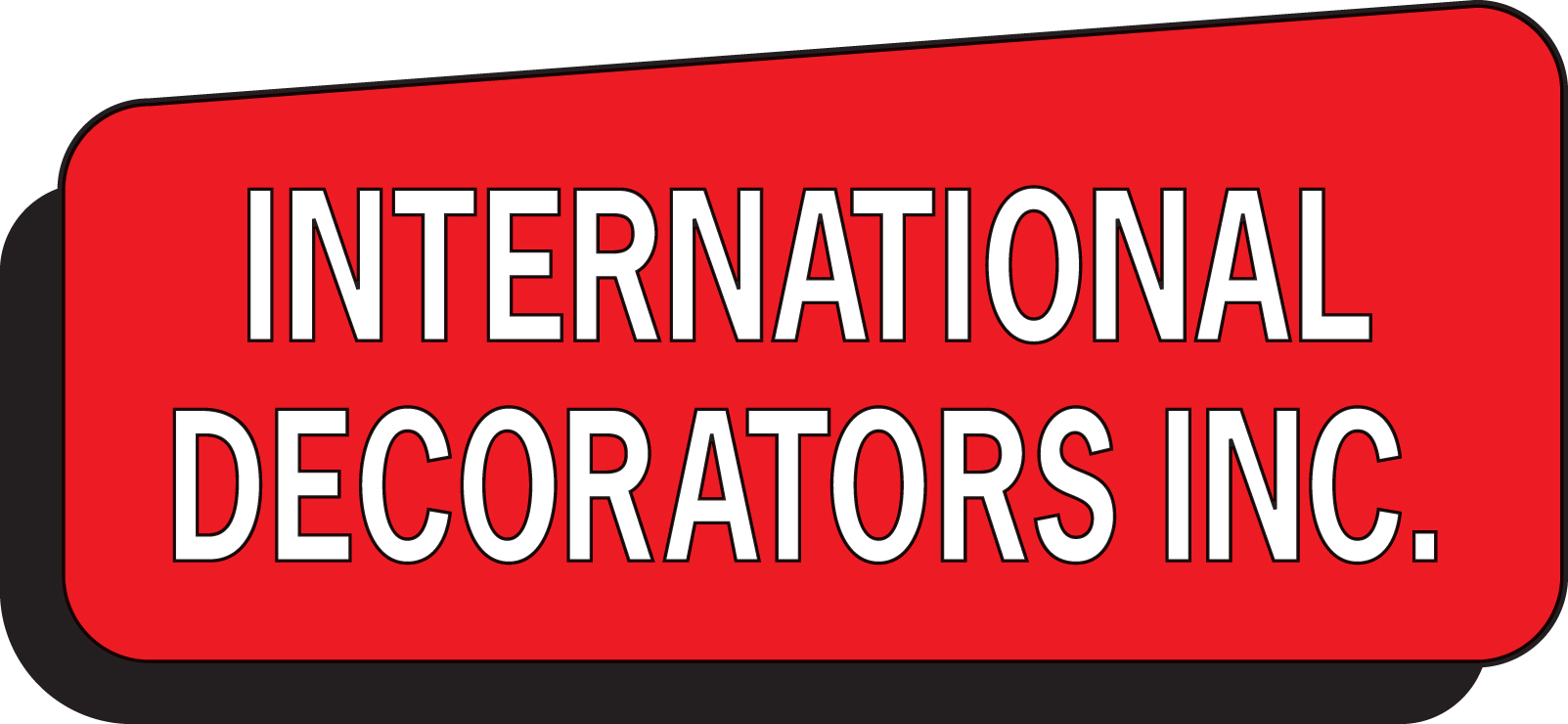Information
-
Project name/number
-
Lead Contractor
-
Conducted on
-
Inspection by
-
Location
-
Personnel
DOCUMENTATION
-
Safe Work Statement/Risk Assessment/Job Safety Analysis completed?<br>
-
Is a copy available to see at the work site?
-
Has the document been signed by a Callaghan Innovation representative and by all workers involved?
-
Any permits required have been filled out & authorised correctly
-
Workers have been made aware of local hazards?
-
Communication - have local WAMs and other affected people been informed of the work?
-
Has a tool box safety talk taken place?
-
If work site is to be left unattended are emergency contact numbers displayed?
-
Action required:
HOUSEKEEPING
-
Work areas neat?
-
Projecting nails or screws bent over or removed?
-
Waste containers provided and used?
-
Passageways and walkways clear?
-
Cords and leads off the floor?
-
Action required: Action by:
EMERGENCY PREPARATION
-
Are there any specific emergency plans?
-
Comments:
-
Workers aware of nearest assembly point?
-
First Aid Kit available?
-
Trained First Aider available?
-
Adequate fire extinguishers provided?
-
Fire Extinguishers accessible?
-
Fire Extinguishers inspected?
-
Action required:
LIGHTING AND VENTILATION
-
Illumination sufficient for work being performed?
-
All temporary lighting originated from a separate branch circuit?
-
Temporary Lighting installed at appropriate height?
-
Ventilation sufficient for all jobs to be performed?
MATERIAL HANDLING
-
Materials properly stored or stacked?
-
Employees using proper lifting techniques?
-
Appropriate mechanical lifting aids available and used?
-
Proper number of workers for each operation?
PERSONAL PROTECTIVE EQUIPMENT
-
Hard hats being worn?
-
Safety glasses being worn?
-
Gloves properly chosen for work performed?
-
Respirators used when required? Proper respirator documentation available?
-
Hearing protection being worn when required?
-
Traffic vests or high visibility clothing material being worn?
SPECIFIC HAZARDS - Select all that apply
-
Electrical
-
Work is being done by an appropriately qualified electrician.
-
Labels are being added as appropriate and electrical drawings updated?
-
Terminal boxes equipped with required covers and grounded as appropriate?
-
Lock out system in use as appropriate?
-
Hand, power & power actuated tools
-
All tools are in good repair and inspected regularly?
-
Power actuated tools are isolated or fitted with RCDs?
-
Guards in place on machines?
-
Correct tool being used for job at hand?
-
Personnel adequately trained in the use of their tools?
-
Power cords in good condition?
-
Operators of powder actuated tools (e.g. Ramset nail guns) are licensed?
-
Ladders
-
Serviceable?
-
Proper Use?
-
Not standing on two top steps
-
Proper height for the task
-
Stepladders in fully opened and locked position
-
Straight ladders used for access extend three feet above landing
-
Proper Ratio (4:1)
-
Three points of contact when ascending / descending
-
Ladders are secured to prevent slipping, sliding or falling?
-
Ladders with split or missing rungs taken out of service?
-
Scaffolding
-
All scaffolding inspected daily?
-
Erected on sound rigid footing?
-
Tied to structure as required?
-
Guardrails, intermediate rails, toe boards and screens in place?
-
Planking is sound and sturdy?
-
Proper access provided?
-
Employees below protected from falling objects?
-
Working at height
-
Working at height permit completed
-
If over 5m WorkSafe have been notified
-
Safe method of access and egress
-
Bracings, jacks and struts are in place to prevent accidental displacement?
-
Adequate method of fall protection
-
Method:
-
-
Employees below protected from falling objects?
-
Trenches, excavation & shoring deeper than 1.5m
-
Underground services have been identified and located
-
Protection is in place to prevent the excavation walls from collapsing.
-
Materials, equipment and spoil are stored away from the excavation
-
Warnings and barricades are in place.
-
The excavation is inspected daily.
-
Personal will be entering the excavation?
-
A confined space permit has been completed
-
Gas tests are made before entering to ensure a breathable atmosphere
-
There is emergency rescue equipment available and a standby person on duty.
-
Sufficient ladders or other forms of egress are available.
-
Hot work
-
Hot work permit completed
-
Fire spotter/observer in place
-
Fire extinguishers readily available?
-
Gas cylinders stored upright?
-
Proper separating distances between fuels & oxygen?
-
Goggles or shields used?
-
Hoses in good condition?
-
Mechanical lifting / cranes
-
Approximate weight known?
-
Load secure and balanced?
-
Lifting equipment appropriate and in good repair / certified?
-
Chains and slings inspected and tagged as required?
-
Operator is competent/trained/licenced?
-
There is a competent spotter and agreed hand signals/communication with the lift operator?
-
Cranes - ground is stable, outriggers extended and swing radius barricade in place?
-
Employees kept from under suspended loads, and people around only those necessary?
-
Concrete work
-
Employees are protected from cement dust?
-
Exposed skin covered?
-
Area barricaded and signed
-
Traffic management
-
Local staff have been warned prior to event
-
Appropriate cones and warning signs are in place?
RECOMMENDATIONS
-
List any additional recommendations or corrections
SIGNATURES
-
Callaghan Innovation representative
-
Contractor representative











